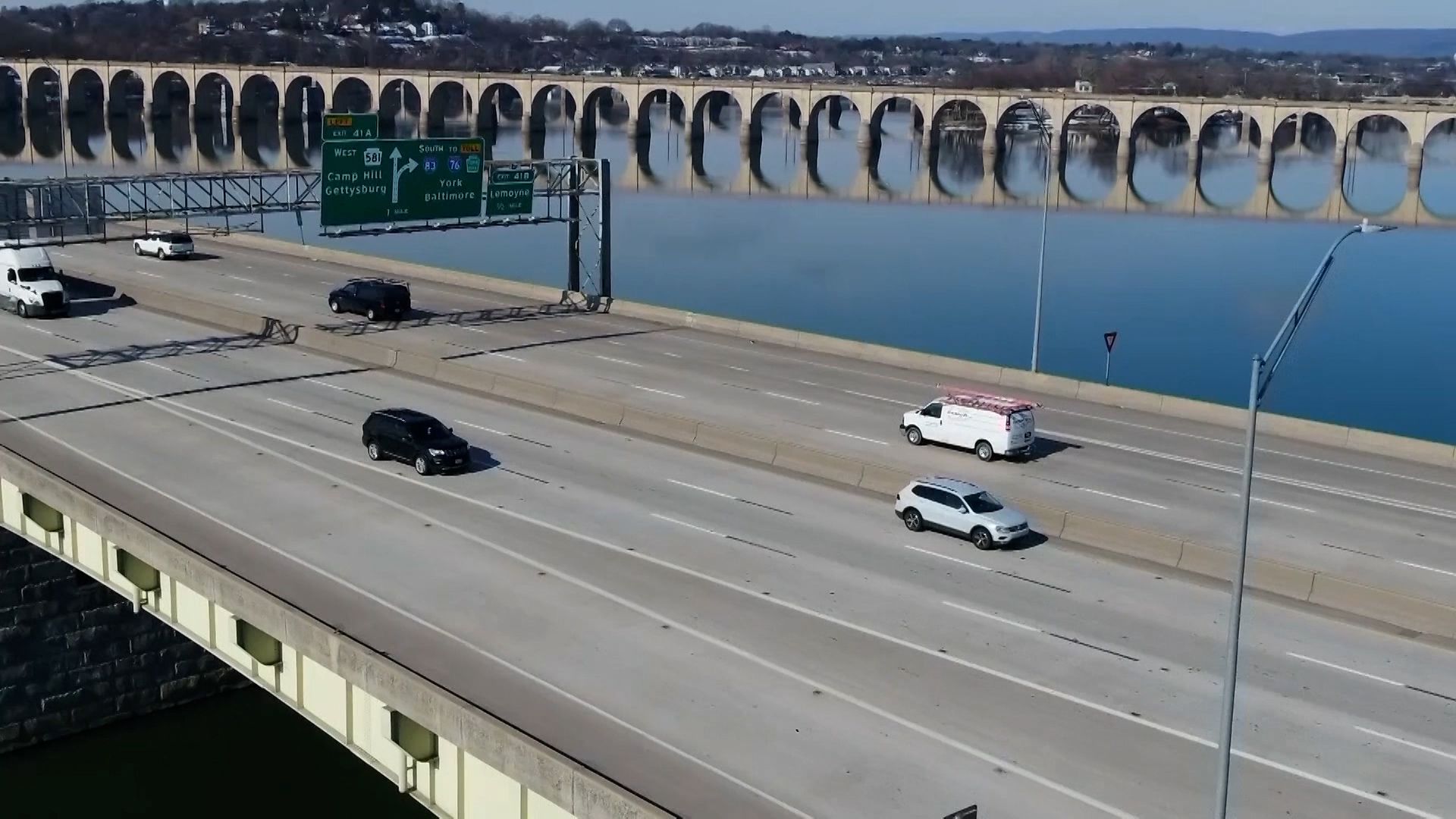
PennDOT blocks public from seeing online inspection notes of damaged bridges: report
By Zack Hoopes/ PennLive

PennDOT scrubbed bridge inspectors’ notes from its website, reducing the ability of residents to access safety data of bridges they regularly use, according to a recent report by the Pittsburgh Post Gazette.
The revelation by the Post Gazette comes after the Fern Hollow Creek bridge in Pittsburgh collapsed in January injuring 10 people. PennLive reported at the time that Pennsylvania has the second-highest number of bridges in the nation that fall within the “poor” condition category as defined by federal standards.
According to the Post Gazette, PennDOT’s public online map of bridge reports contained, up until this past February, direct notes from inspectors that detailed issues with bridges. Some of these, the Post Gazette found, were in dire terms, such as “severe deterioration” at a Washington County bridge where the creek running below was visible through holes in the bridge deck.
After the newspaper reporters inquired about the notes, PennDOT removed them from public view – but only after the newspaper saved the info to its own database, which is now available online through the Post Gazette website.
PennDOT told the Post Gazette that the notes could be misinterpreted and claimed they could pose a security risk by potential saboteurs.
State and federal laws require bridges of over 20 feet in length to be routinely inspected and reported under criteria set by PennDOT and the Federal Highway Administration.
Elements of a given bridge are rated on a 1-9 point scale. A bridge with any elements rated at a 4 or less is considered to be “poor” under the federal rubric, although imminent risk of collapse is only indicated at ratings of 1 or 2.
The rating database in Pennsylvania includes more than 20,000 bridges, according to the Post-Gazette. earlier this year showed roughly 800 bridges subject to inspection in Cumberland and Dauphin counties, of which several dozen were in the “poor” category. Federal counts show that Iowa is the only state with more bridges in worse condition than Pennsylvania.
Outside of major highway structures that are directly maintained by PennDOT, Pennsylvania has largely delegated bridge maintenance to counties. Act 89 of 2013 gave counties the ability to collect an additional $5 vehicle registration fee to fund bridge infrastructure work.
Cumberland County is in the final stages of its program to overhaul county-owned bridges, with county officials earlier this year discussing passing a portion of the $1.2 million annual registration fee revenue stream on to municipalities to assist with their bridge repair projects.


